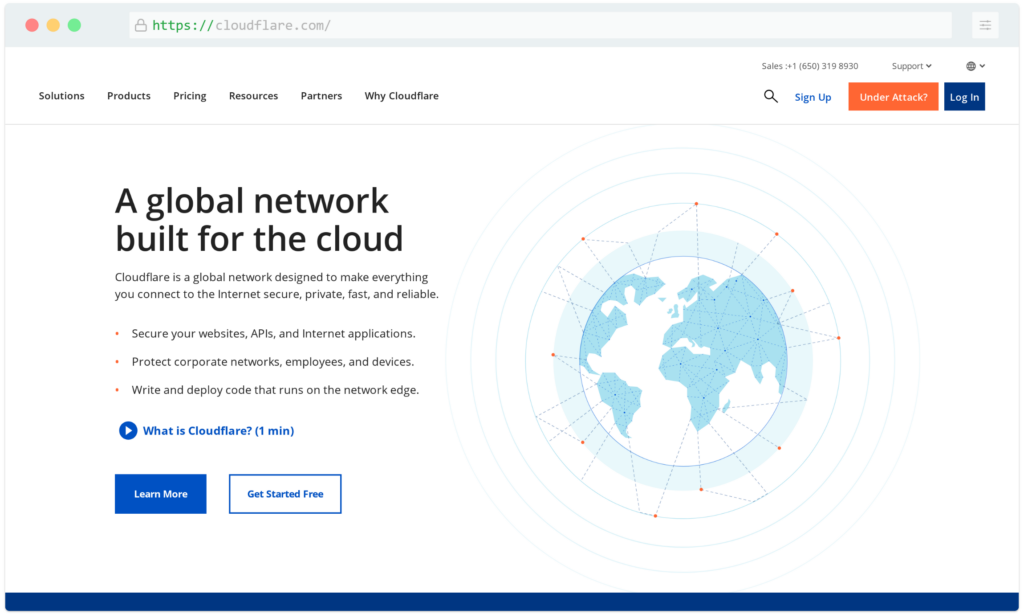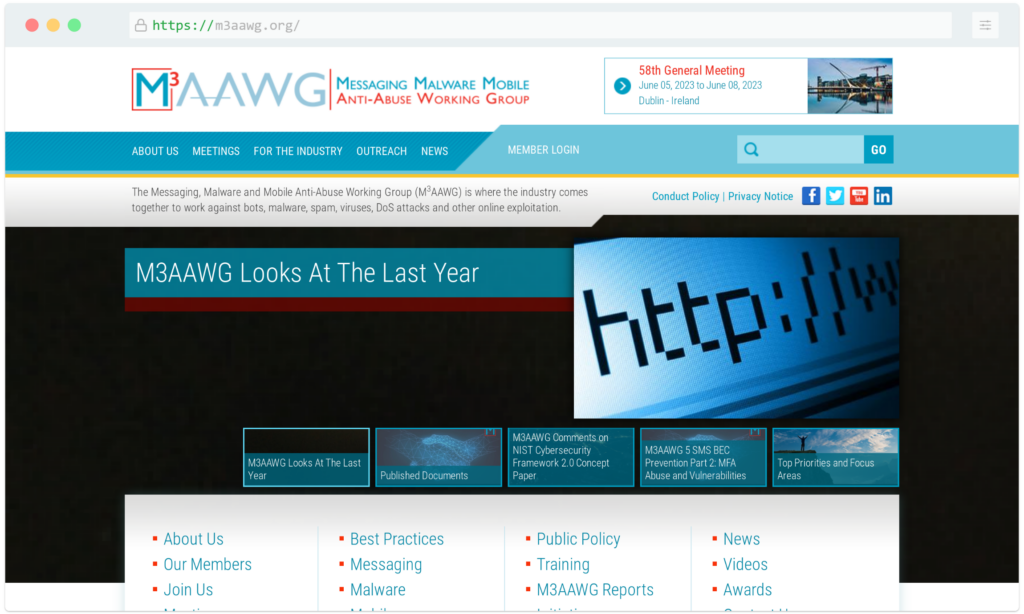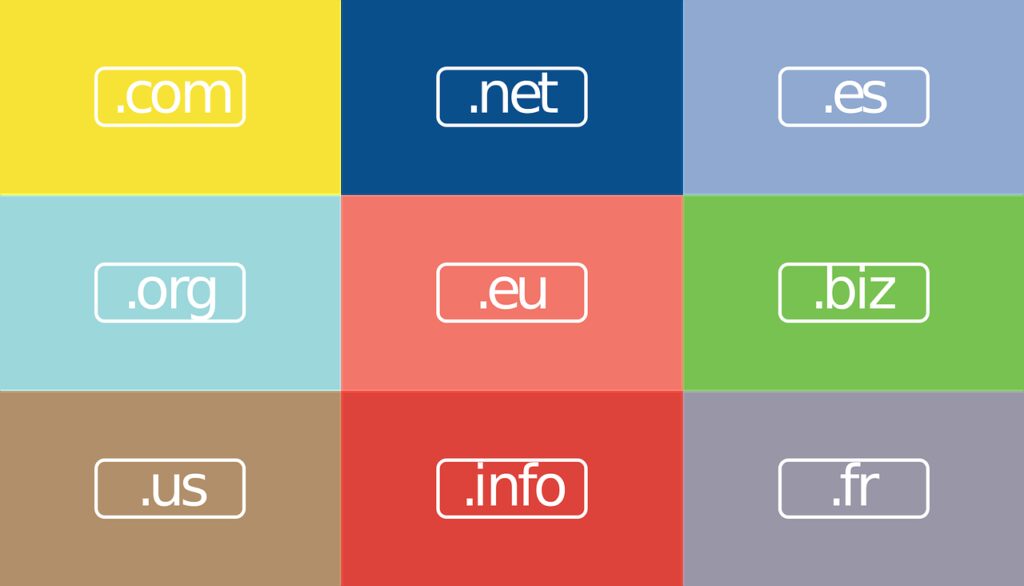DNS abuse is the practice of using the Domain Name System (DNS) to maliciously redirect internet traffic. According to Verisign, DNS abuse comprises five categories of harmful activities that affect the DNS: botnets, malware, pharming, phishing, and spamming, with spamming being the route through which the other activities are given effect.
Other security threats such as DoS/DDoS attacks, protocol-level attacks, poisoning of DNS cache, and vulnerabilities during implementation may also affect the DNS.
Hosting illegal content on websites that employ domain name infrastructure is also a form of DNS abuse. Illegal content includes but is not limited to showing or selling child sexual abuse, controlled substances and other regulated goods, scams, and products or services that infringe on intellectual property.
Consequences of DNS abuse
DNS abuse is a major problem on the internet today. It results in lost productivity, lower security, and increased costs for businesses and individuals alike.
DNS abuse can result in lost productivity due to DNS downtime. This can happen when DNS servers are overloaded with requests, when they are improperly configured, or when they are simply unavailable. This can lead to lost work time, as employees are unable to access the internet or email.
Lower security is another consequence of DNS abuse. When DNS servers are unavailable or not functioning properly, this can leave systems and networks vulnerable to attack. This can lead to data breaches, loss of confidential information, and other security issues.
Finally, DNS abuse can increase costs for businesses and individuals. When DNS servers are down, businesses may incur lost revenue and higher customer support costs. Individuals may also incur higher costs, as they may need to purchase new DNS servers or hire someone to fix the problem.
Technical solutions to mitigate DNS abuse
There are many ways to mitigate DNS abuse and many of them are technical solutions. Here are some of them.
Sinkhole servers
A sinkhole server is a type of computer server that is used to intercept and redirect Internet traffic. This type of server is typically used by organizations in order to monitor and control Internet traffic within their network. In some cases, sinkhole servers may be used to block certain types of traffic or to redirect traffic to a specific website.
Cryptographic protections
Cryptographic protections are a vital part of protecting information. By using mathematical algorithms, cryptographic protections can encode and decode data to make it unreadable by anyone except those who have the key to the algorithm. This makes it an effective way to safeguard information from unauthorized access.
Mechanisms for DDoS protection
There are a number of mechanisms that can be used to protect against DDoS attacks. One is to use a firewall to block incoming traffic from suspicious or known malicious sources. Another is to use rate-limiting to restrict the amount of traffic that can be processed by the system. Additionally, DDoS protection systems can be used to detect and mitigate attacks. These systems work by identifying anomalous traffic patterns and then taking action to block or redirect the traffic.
Domain name registry locks
A domain name registry lock is a security measure that helps to protect your domain name from being transferred out without your permission. By locking your domain name, you can help to prevent unauthorized changes to your domain name’s DNS settings and WHOIS information. This can help to protect your website and email from being hijacked, and can also help to prevent domain name theft.
Other ways to mitigate DNS abuse
There are many technical solutions that can be used to mitigate DNS abuse apart from the ones mentioned above.
DNS filtering
DNS filtering is the process of blocking or redirecting web traffic based on the domain name requested. This can be used to block specific websites or categories of websites, such as pornography or gambling. DNS filtering can be implemented by network administrators at the server level, or it can be done through third-party software. This can be done at the network level, using a DNS filter such as OpenDNS, or at the server level, using a DNS server such as BIND.
DNSsec
The most common form of DNS abuse is DNS spoofing, which is when attackers modify DNS records to redirect traffic to their own servers.
To protect against DNS spoofing, you can use DNS security extensions (DNSSEC) to digitally sign your DNS records. This prevents attackers from being able to modify them, and ensures that users are directed to the correct website.
DNSsec is a security protocol that can be used to help protect DNS servers from abuse. By signing DNS requests and responses, DNSsec can help to verify that the data being exchanged is authentic and has not been tampered with. This can help to prevent DNS spoofing and cache poisoning attacks, which can be used to redirect users to malicious websites or to inject malicious code into websites. DNSsec can also help to block DNS reflection attacks, which can be used to amplify the effect of DDoS attacks. This can be done by deploying DNSsec-enabled DNS servers, and configuring them to use DNSSEC-validating resolvers.
Rate-limit DNS queries
Rate-limiting DNS queries is a common security measure to prevent DNS servers from being overloaded by too many requests. By rate-limiting DNS queries, you can help ensure that your DNS server can continue to respond to legitimate requests in a timely manner. There are a number of ways to rate-limit DNS queries, and the best method for your organization will depend on your specific needs. However, some common methods for rate-limiting DNS queries include rate-limiting by IP address, rate-limiting by domain, and rate-limiting by query type.
This can help to prevent DNS amplification attacks, and can be implemented at the network or server level.
DNS firewall
A DNS firewall is a critical component of any network security strategy. It can protect against a wide range of attacks, including DNS poisoning, DNS hijacking, and DNS cache poisoning. It can also block malicious or unwanted websites, and help to ensure that only authorized devices and users can access your network. Many companies offer DNS firewalls, such as Cloudflare.

DNS blacklist
A DNS blacklist is a list of domains that are considered to be malicious or harmful. DNS blacklists are used by ISPs and organizations to block access to known malicious websites. DNS blacklists are also used by security software to protect users from visiting known malicious websites.
There are a number of ways to block DNS requests to known malicious domains at the website level. One common approach is to maintain a blacklist of domains known to be associated with malware or phishing attempts, and to configure the web server to block requests to any domains on the blacklist. Another approach is to use a DNS service that provides real-time blocking of known malicious domains.
Security forums that focus on DNS abuse mitigation
There are several groups and task forces that are working on DNS abuse mitigation, including the ones mentioned below
ICANN Anti-Phishing and Messaging Group
ICANN Anti-Phishing and Messaging (APWG) is a global task force focused on combating phishing and other types of online fraud and abuse. The group was founded in 2003 in response to the growing problem of phishing, and today it includes more than 3,000 member organizations from around the world.
The APWG works to raise awareness of online threats, share best practices for security and fraud prevention, and track and report on phishing activity. The group also maintains a database of known phishing sites, which is used by browsers and other security software to help protect users from being scammed.
In addition to its work on phishing, the APWG also tackles other types of online fraud, such as spam, malware, and identity theft. The group is constantly evolving its efforts to stay ahead of the latest online threats.
Malware and Mobile Anti-Abuse Working Group (M3AAWG)

Malware is a type of software that is designed to damage or disable computers and computer systems. Mobile Anti-Abuse Working Groups (M3AAWG) is an organization that works to combat malware and other types of mobile abuse. M3AAWG is made up of representatives from major Internet service providers, mobile operators, equipment vendors, and software developers. M3AAWG’s goal is to develop best practices and standards for the prevention and mitigation of mobile abuse, and to promote collaboration among its members to address these issues.
Internet & Jurisdiction Policy Network
The Internet & Jurisdiction Policy Network is a multi-stakeholder group of experts that works to prevent DNS abuse and promote the rule of law in cyberspace. The group includes representatives from governments, the private sector, civil society, and academia.
The group’s work is based on the recognition that the internet is a global resource that should be governed by international law and norms. The group works to develop policies and practices that will ensure that the internet is used in a way that is consistent with international law and human rights.
One of the group’s key areas of work is to prevent DNS abuse. DNS abuse can take many forms, including cybercrime, fraud, and phishing. The group works to raise awareness of the problem and to develop policies and practices that will help to prevent DNS abuse.
The group also works to promote the rule of law in cyberspace. This includes working to develop norms and practices that will ensure that the internet is used in a way that is consistent with international law. The group also works to build capacity among government, the private sector, and civil society to ensure that they are able to effectively govern the internet.
Internet Watch Foundation
The Internet Watch Foundation (IWF) is a UK-based charity that works to identify and remove online content that is illegal and harmful. The IWF was founded in 1996 and is supported by the UK government, law enforcement agencies, and major internet service providers. The IWF has a team of analysts who review online content and identify illegal material such as child pornography, hate speech, and videos of extreme violence. Once illegal content is identified, the IWF works with law enforcement to have it removed from the internet. The IWF also provides public education on online safety and raises awareness of the dangers of online content.
Role of domain registry operators in preventing DNS abuse
Domain registry operators play an important role in maintaining the security and stability of the internet. They are responsible for managing the domain name system (DNS), which is the critical infrastructure that allows internet users to find websites and other online resources.
Unfortunately, some domain registry operators have been complicit in DNS abuse, allowing their customers to use DNS servers to distribute malware, phishing emails, and other malicious content. This can have serious consequences for internet users, who may be unsuspecting victims of these attacks.
Domain registry operators must take steps to prevent DNS abuse, and they should be held accountable when their customers engage in this type of activity. Domain registry operators such as Verisign have taken several steps to mitigate DNS abuse.
Conclusion
The Domain Name System (DNS) is a critical Internet infrastructure component. It is responsible for translating human-readable domain names (such as www.example.com) into the numerical IP addresses that computers use to communicate with each other. DNS also provides other important services, such as providing email routing information (MX records) and identifying name servers (NS records). Unfortunately, DNS can also be abused.
DNS abuse is a serious problem that can have far-reaching consequences. While it is often possible to mitigate the effects of DNS abuse, it is important to be aware of the problem and take steps to protect yourself and your online presence.

